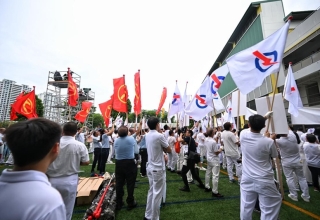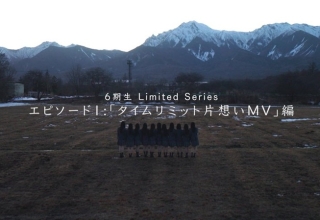
From its start, the K to 12 Program—which is carried out in the Philippines—has generated controversy. Although supporters claim it improves the caliber of education, detractors—including the Marcos Government—have voiced doubts on its efficiency. This editorial explores the wider ramifications of the government’s mistrust and investigates the causes underlying it.
Background: The K–12 Program
Launched in 2013, the K to 12 Program sought to match Philippine educational systems to global norms. It stretched basic education from ten to twelve years, adding two years. Senior high school (SHS) was instituted under the program to provide specific skills and get students ready for either college or the job. This thorough redesign was intended to give Filipino students a more strong and competitive education that satisfies the requirements of the worldwide employment market.
Economic Facts
The Marcos Government argues that the K to 12 Program ignores the economic reality of the nation. While SHS graduates acquire more years of schooling, they may lack the practical skills needed in the workforce. The administration contends that employability and vocational training should take front stage in the initiative. The gap between the job market and the educational system produces graduates who, although theoretically educated, are practically unprepared for demands of the real world. High unemployment rates among recent graduates—who lack the required skills to land jobs in their field of study—result from this mismatch.
Pressure on Resources
Implementing K to 12 calls for large resources—both financial and infrastructure-wise, according to critics. The government has to create more classrooms, call on more teachers, and supply the supplies. The Marcos government wonders if these expenditures pay off commensually. Particularly in rural and underprivileged areas where resources are even more constrained, the pressure on the already meager educational budget begs questions regarding the sustainability and effectiveness of the program. Many schools battle with overcrowded classrooms, inadequate infrastructure, and inadequate teaching supplies, therefore compromising the standard of instruction given.
Brain Drain and Global Employment
The longer cycle of schooling can unintentionally lead to brain drain. Many SHS grads look for chances elsewhere because of little prospects here. The administration fears that funding twelve years of school could cause a talent migration, so reducing the workforce of the country. Better prospects abroad can entice the most qualified and educated people away, therefore creating a void the local employment market tries to cover. This phenomena not only exhausts the national resources but also compromises the expenditures made in the educational system.
Industry Needs vs Match
The Marcos Government stresses the requirement of curriculum matching with industrial needs. Critics contend that the program’s broad approach ignores particular industries. Stronger vocational tracks will help to solve skill shortages and increase economic growth. Reforms in education that specifically address the needs of important sectors such technology, healthcare, and agriculture will be much needed to guarantee that graduates are job-ready and ready to propel economic development. Without this alignment, graduates can discover they are unprepared for the rigors of the employment market, hence sustaining cycles of underemployment and economic stagnation.
Effect on Learning Standards and Teachers
Still another major issue is the effects on educators. Teachers in the K–12 Program must change with the times for new curricula, approaches, and longer classroom schedules. Many educators feel underprepared and overwhelmed for these developments. Teachers’ ability to properly implement the new curriculum depends critically on ongoing professional development and assistance. Lack of appropriate tools and training could compromise the quality of education, therefore aggravating the problems the educational system faces.
Socioeconomic Variations
The K to 12 Program also draws attention to current social inequalities in the Philippines. Rich students have an advantage over their colleagues from low-income households since they may afford extra tools including private tutoring and access to better colleges. In rural places, where resources and educational facilities are sometimes scarce, this gap is more clear. The government has to solve these inequalities and guarantee that every student, from all socioeconomic levels, has access to high-quality education if we are to build a more fair educational system.
Parental and community participation
Any educational reform cannot succeed without parental and community involvement. Implementation of the K to 12 Program has exposed communication and cooperation breakdowns among communities, parents, and educational institutions. The program needs to be successful hence parents and communities must be actively involved in the learning process. Parent-teacher associations, community support of schools, and initiatives aiming at parental participation in the education of their children can all be forms of this involvement.
The Way Ahead
The Marcos Government remains dubious even if the K to 12 Program seeks to raise educational standards. Important first stages toward making the program really successful are juggling academic rigor with practical skills, managing resources, and matching courses to industry demands. The emphasis should be on building a comprehensive education system that not only stretches the years of schooling but also improves the quality and relevance of education to generate graduates who can significantly contribute to the national growth.
Notes
The discussion on the K to 12 Program exposes the difficulties in Philippine educational reform. Though its goals are admirable, the program has to change to fit the social, financial, and pragmatic reality of the country. The government can endeavor toward an education system that really benefits every Filipino by concentrating on vocational training, industry alignment, and resource allocation. The capacity of the K to 12 Program to meet the evolving national needs and offer a strong basis for the future workforce will eventually determine its success.
























